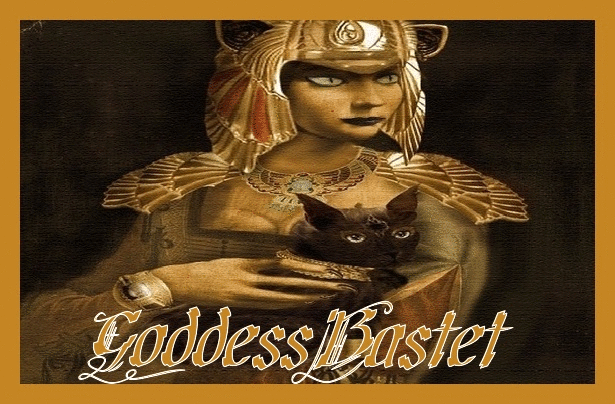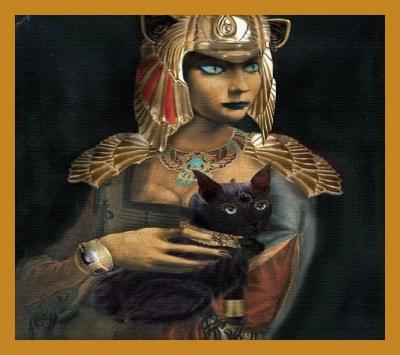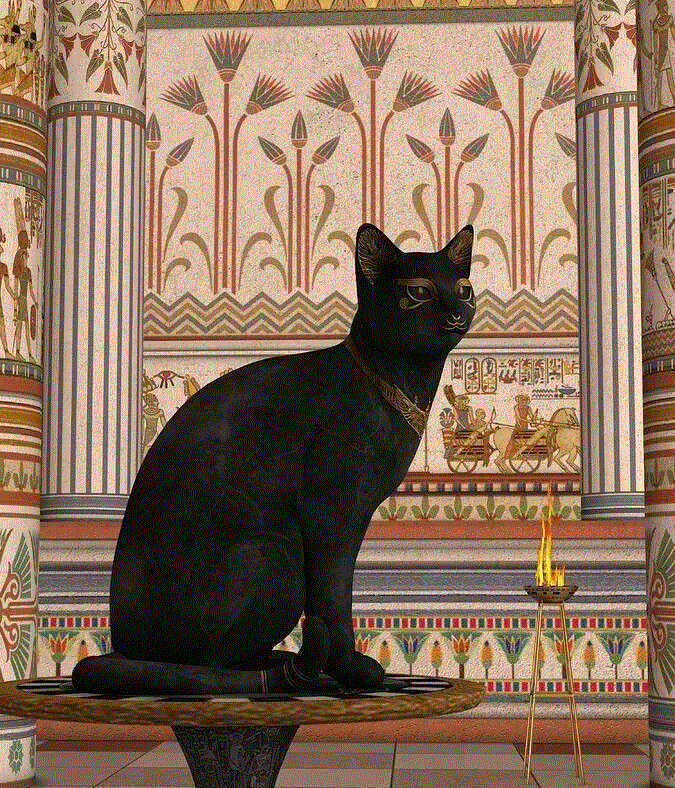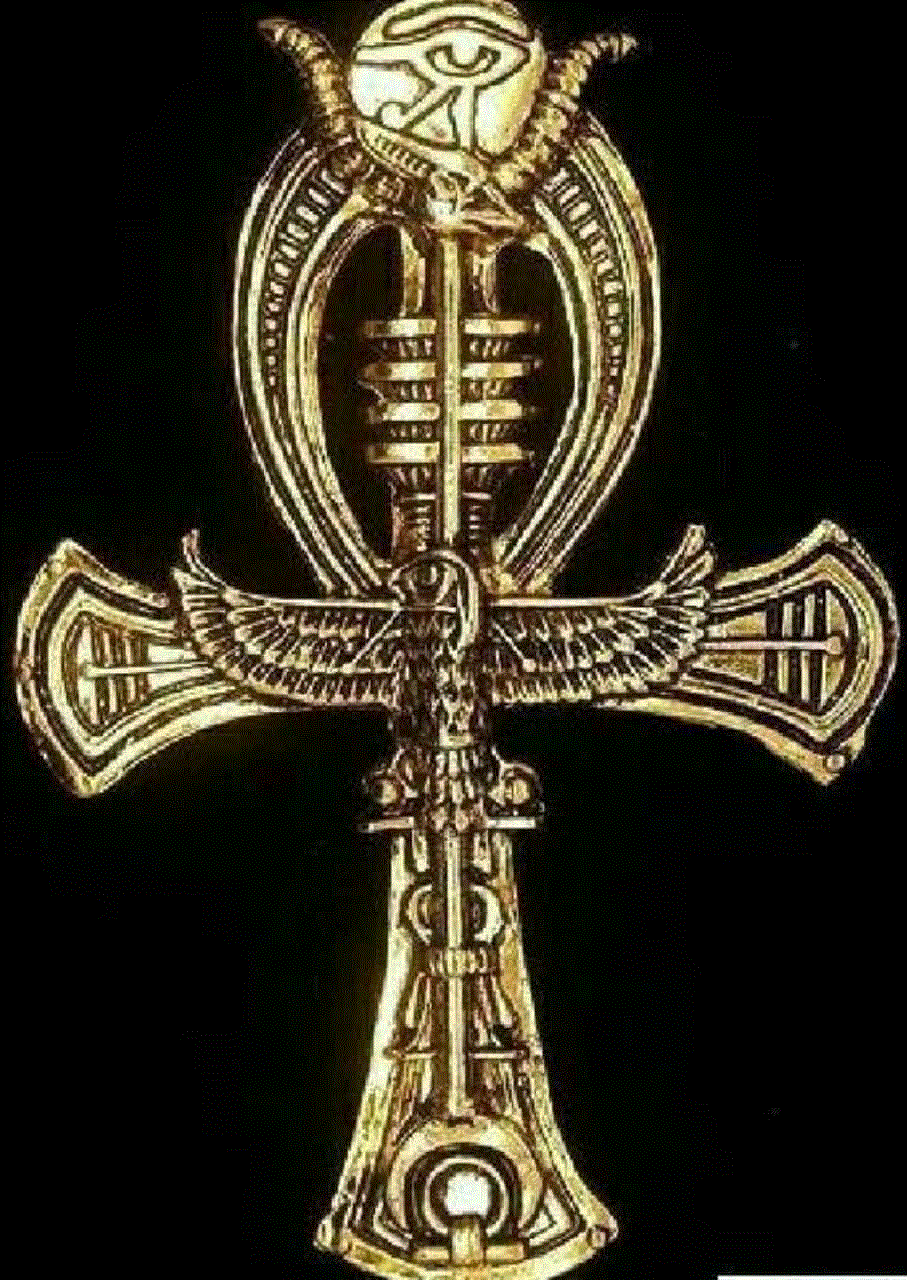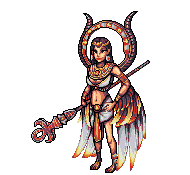❤️Temples of The Ancient Egyptian Pharaohs❤️Adalwulf Set at 17:40 on October 27, 2023
Websites Quote: "Most fear what they don't understand"
Member Since: Feb 01, 2022
Last Login: Sep 15, 2024 Times Viewed: 3,596
Times Rated: 261 Rating: 9.935
Rate this profile
You have been fairly rated by Venerable Sire Amaranthine.
[ All Comments ]
Choose Layout
Phantasm (Default)
Bantam Brown
Cimmerian Red
Eternal Boys
Eternal Girls
Eternal Epicene
Mobile
Oracle Red
VR Classic Blue
VR Classic Green
VR Classic Purple
VR Classic Red


